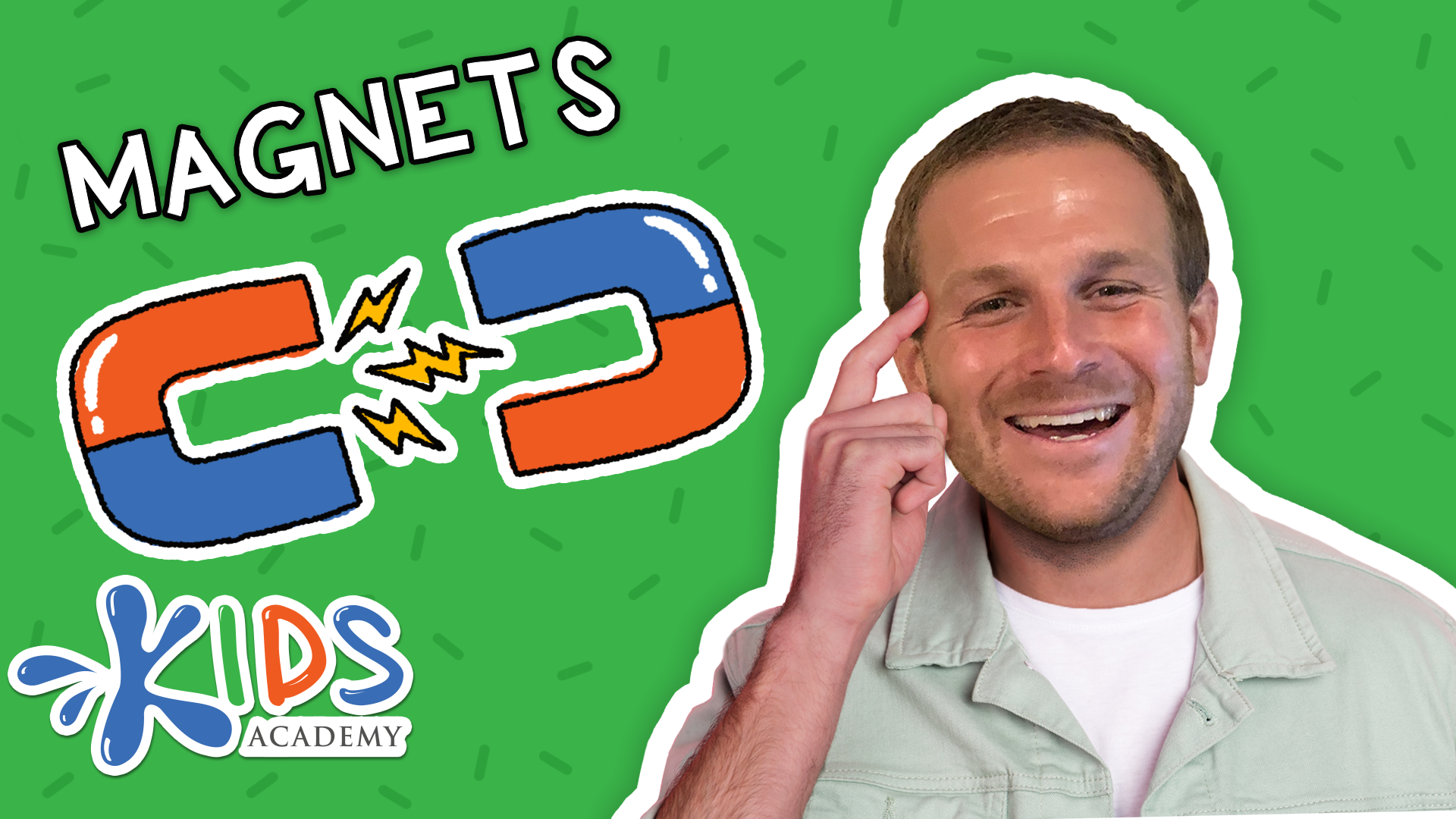Punctuation worksheets activities for Ages 4-5
2 filtered results
-
From - To


Tracing and Spacing: Assessment 2 Worksheet


Capitalization. Punctuation. Spelling: Assessment 2 Worksheet
Punctuation worksheets activities serve as an incredibly useful tool for enhancing literacy skills in students of all ages. They offer a structured and interactive way to understand the complex system of marks that govern the flow and clarity of written language. These activities are designed to reinforce the correct use of punctuation marks, such as commas, periods, question marks, and exclamation points, among others, which are fundamental to effective communication.
One of the primary reasons punctuation worksheets activities are so beneficial is that they provide a hands-on learning experience. Rather than merely memorizing rules, students engage with exercises that challenge them to apply these rules in various contexts. This practical application helps in cementing their understanding and enables them to appreciate the nuances of punctuation. For example, the difference in meaning between "Let's eat, Grandma!" and "Let's eat Grandma!" highlights the life-saving importance of commas. Such examples make learning engaging and memorable.
Moreover, punctuation worksheets activities cater to a range of learning styles. Visual learners can benefit from seeing punctuation marks in action, whereas kinesthetic learners can interact with the worksheets through writing and correcting sentences. This versatility ensures that every student has the opportunity to grasp punctuation in a way that best suits their learning preference.
Additionally, these activities are not just about following rules; they encourage critical thinking. Students learn to analyze sentences and decide which punctuation marks are needed to convey the intended meaning clearly. This skill is invaluable, as it applies to reading comprehension and writing, impacting academic performance across subjects.
In conclusion, punctuation worksheets activities are a fundamental component of language education. They not only demystify the rules of punctuation but also enhance reading comprehension, writing clarity, and critical thinking skills. By incorporating these activities into the curriculum, educators can provide students with the tools they need to communicate effectively and confidently.
 Assign to My Students
Assign to My Students




















